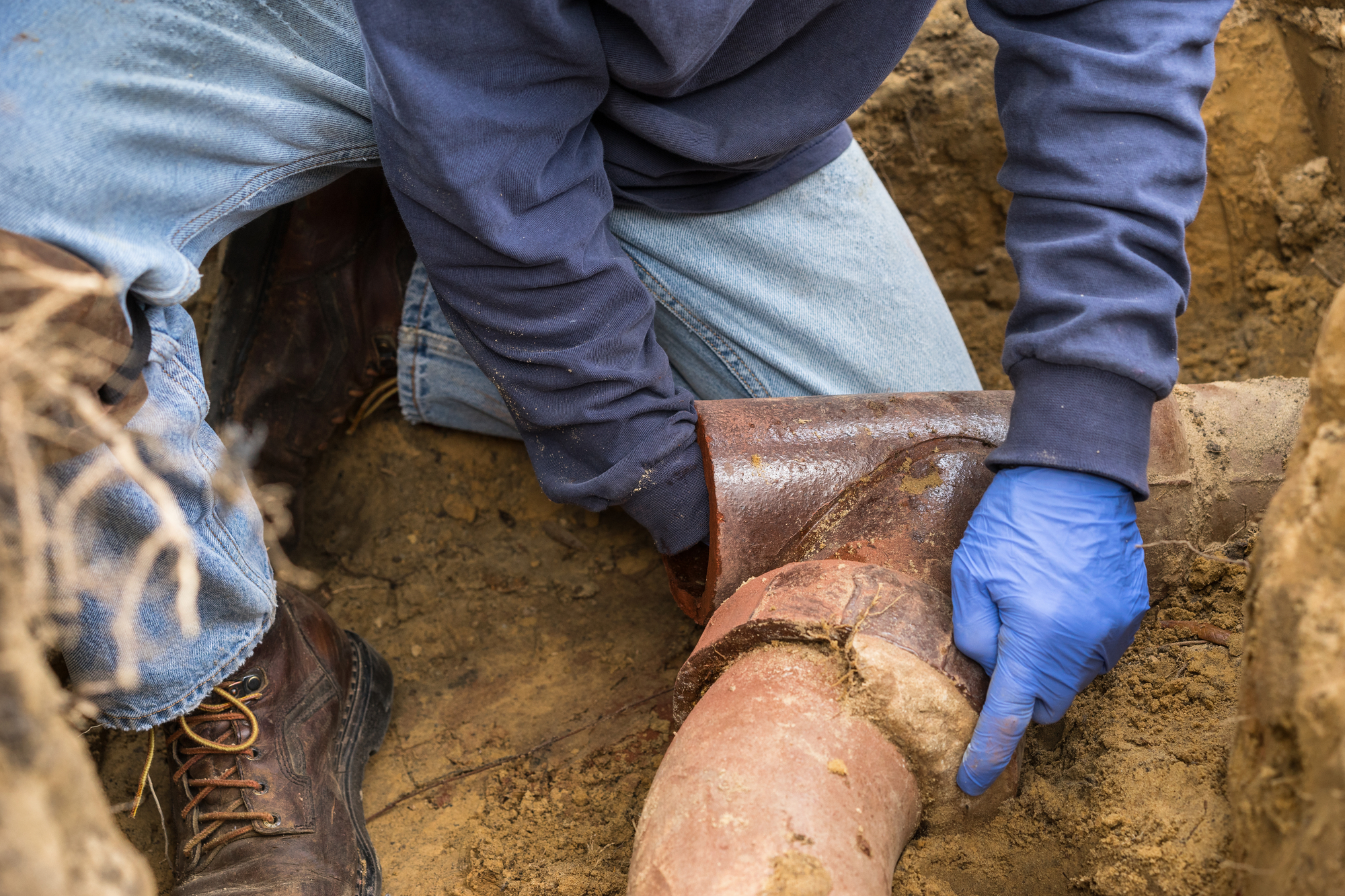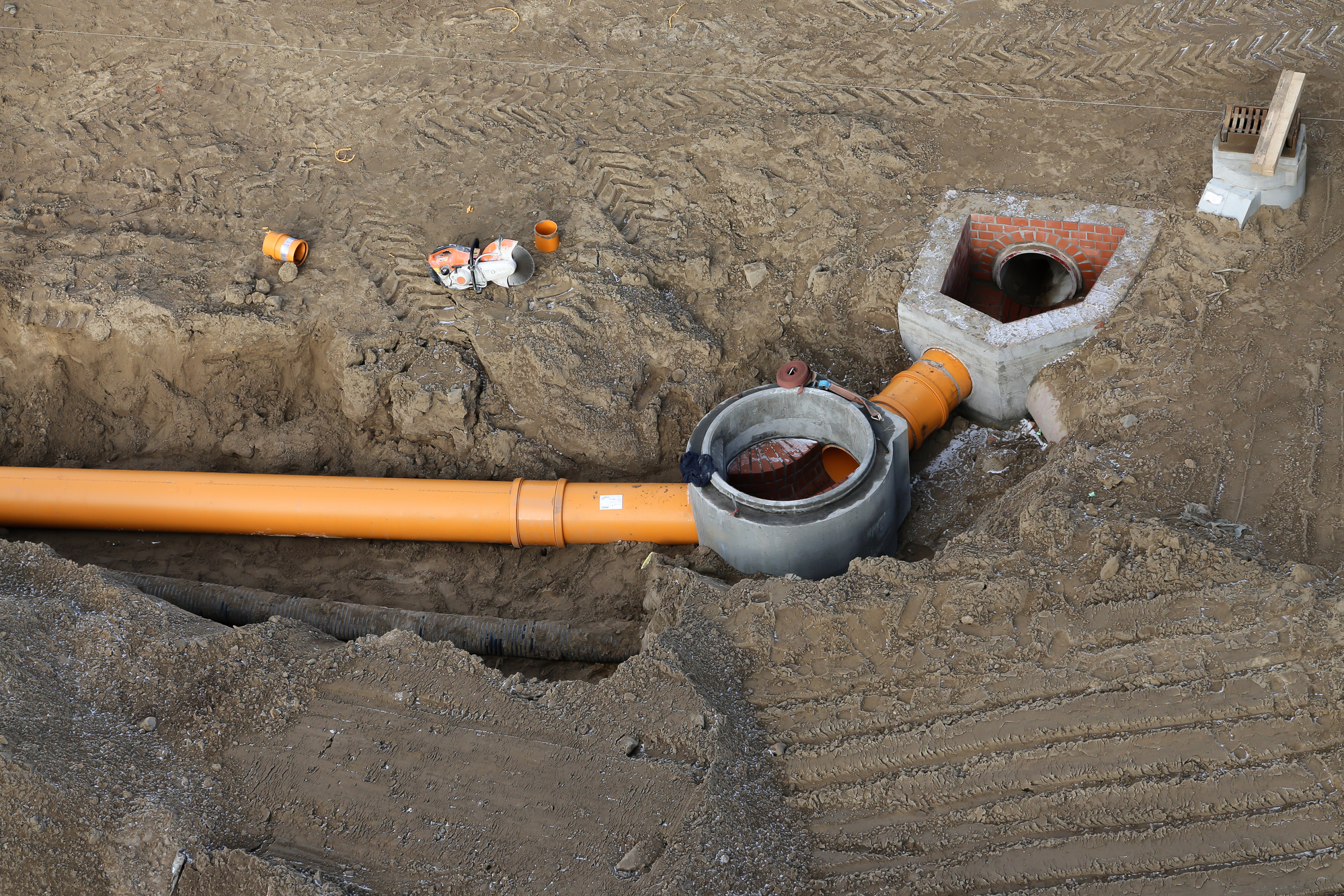Are you experiencing low water pressure in your showers? Don’t worry; you’re not alone. It’s a common problem faced by many homeowners. Low water pressure can make it difficult to enjoy a comfortable refreshing shower. If you’re tired of dribbling showers, then here’s everything you need to know about why your shower pressure is low and how to fix it.
1. Clogged Showerhead
The most common reason for low shower pressure is a clogged showerhead. Mineral deposits and sediment buildup over time, reducing the water flow, and causing low pressure. To fix this, remove the showerhead and clean it thoroughly. You can soak it in vinegar or use a cleaning solution to remove the buildup. If the showerhead is severely clogged, you may need to replace it.
2. Water Valve Issues
If your shower pressure fluctuates, the issue might be with the water valve. Faulty valves can disrupt water flow and result in low water pressure. Check the water valves to ensure that they’re fully open. If the problem persists, call a professional plumber to inspect the valves.

3. Corroded Pipes
Older homes might have corroded pipes that impede water flow and cause low shower pressure. As pipes age, they’re prone to corrosion, rust, and mineral buildup. Corroded pipes can affect the entire home’s water flow, and the solution is repiping. Repiping involves replacing the old, corroded pipes with new ones that’ll restore water flow and pressure.
4. Faulty Pressure Regulator
A pressure regulator controls the water pressure in your home. If the regulator is faulty, it can result in high or low water pressure. If you’re experiencing low water pressure only in your shower, then it’s likely that the shower valve or regulator is faulty. To fix this, call a professional plumber to inspect and replace the regulator.
5. Low Water Supply
Your home’s water supply might be the reason for low shower pressure. If there’s insufficient water supply, it’ll affect the water pressure in your shower. Check the faucet in the bathroom sink; if it’s also experiencing low pressure, then the issue is with the water supply. Call your local water company to inquire about water supply issues in your area.

6. Water Heater Issues
If the low shower pressure happens consistently, it might be an issue with the water heater. If the water heater is too small, it won’t provide enough hot water, impacting the shower’s pressure. The problem might also be with the hot water flow rate. Call a plumber to inspect your water heater and fix any issues affecting the water pressure.
7. Plugged or Damaged Pipes
If it’s not the showerhead, valves, water heater, or water supply, then the problem might be with the pipes. Pipes can become damaged, collapsed, or clogged with debris, restricting water flow and pressure. To fix this, an experienced plumber can use a video camera to inspect the pipes and determine if cleaning or replacing them is necessary.
Conclusion:
Low shower pressure can be frustrating, but it’s a fixable problem. It’s essential to identify the root cause of the problem for an effective solution. Whether it’s the showerhead, water valves, corroded pipes, pressure regulator, water supply, water heater, or pipes, a professional plumber can help you fix the issue and restore your shower to optimal water pressure. Don’t settle for low water pressure anymore; contact Ace Plumbing and schedule an appointment to restore your shower’s pressure to an invigorating and satisfying shower experience.






